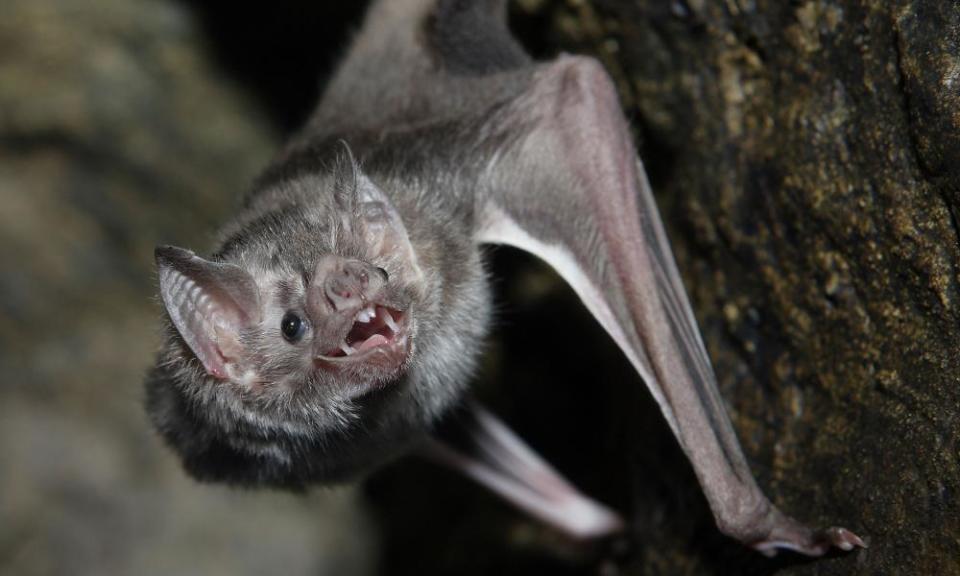The Social Lives of Animals by Ashley Ward review – be more bat

From to self-isolating bees to bonding baboons, lessons on cooperation from the animal world
Vampire bats “have each other’s backs”, according to one of the extraordinary stories in this fascinating book. Should one bat be hungry, a roost mate will regurgitate a nutritious meal of semi-digested blood to help it live to bite another day. In a similar display of apparent altruism, a bee with a parasite will isolate itself rather than infect the rest of the colony – a Captain Oates-like sacrifice on the bee’s part. And, say what you like about rats; in experiments they will open a door to let a cold, wet stranger into their cosy nests.
“We can trace direct and important parallels between our own societies and those of the animals with whom we share the planet,” writes Ashley Ward, a professor in animal behaviour. “By understanding animals on their own terms, we can understand ourselves so much the better.” Actually, he draws very few explicit connections between animal behaviour and our own, and is cautious about ascribing emotions or motivations to the creatures he studies – even in tear-jerking anecdotes about how elephants and wolves appear to mourn. But it’s hard not to take from some of his stories the idea that humans could learn a lot from social animals, for all our massive brains and our ability to pass knowledge down generations. “Our instinct for co-operation has provided the foundation for human civilisation,” he points out. We need that now more than ever.
Ward describes this book as his attempt “to distil the wonder that I still feel in the company of animals”, and it certainly does that. He seems intent on arousing sympathy for the creepiest of creatures, and while that means that you’ll read some chapters through your fingers as he describes the causes of homicidal locust swarms or the scent of “hyena butter”, any writer who can evoke the existential sadness of a lonely cockroach, or make krill thrilling, or describe a snorkelling colleague being engulfed in a “gargantuan cetacean bum detonation” is a real gift to science communication.
Means of cooperation vary widely across species, and many of them have already helped humans to live better. Fish shoals and starling murmurations, for instance, inspired systems to prevent driverless cars from crashing. Swarm intelligence, or “the wisdom of the crowd”, explains the effectiveness of search engines such as Google. On the other hand, it is the natural tendency of fish to shoal that has enabled people, with our huge trawlers and vast nets, to push some species to the brink. If humans had more of a shoal mentality, would we be better able to think about what’s best for the future of the entire group?
Some thought-provoking chapters about baboons, bonobos and chimpanzees show how humans could learn from our closest relatives, too. At their best, complex societies are often founded on networking rather than domination by strength, Ward suggests. The alpha male “must be a relationship-builder, rather than a despot”; those who cheat are often punished; and “the perception of fairness may be an essential part of the glue that binds them”. Ward also explains how bonobos greet foreign troupes with a feast in a fruit tree and an afternoon of promiscuous and pansexual genital rubbing, so it is important not to extrapolate too directly from animals to ourselves, after all. Perhaps humans could start by just trying to be a bit more bat.
• The Social Lives of Animals: How Co-Operation Conquered the Natural World is published by Profile (£20). To support the Guardian and Observer order your copy at guardianbookshop.com. Delivery charges may apply.

 Yahoo Movies
Yahoo Movies 